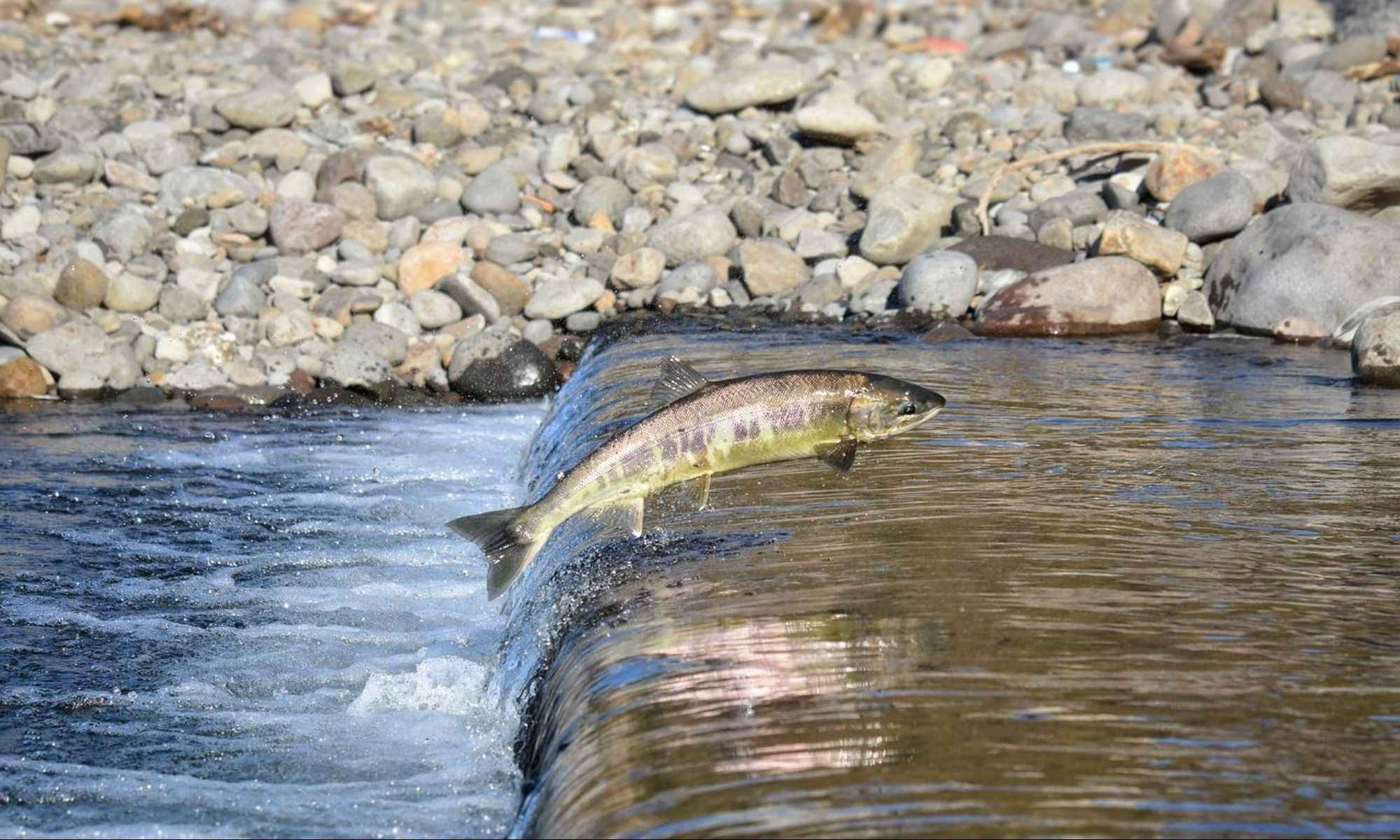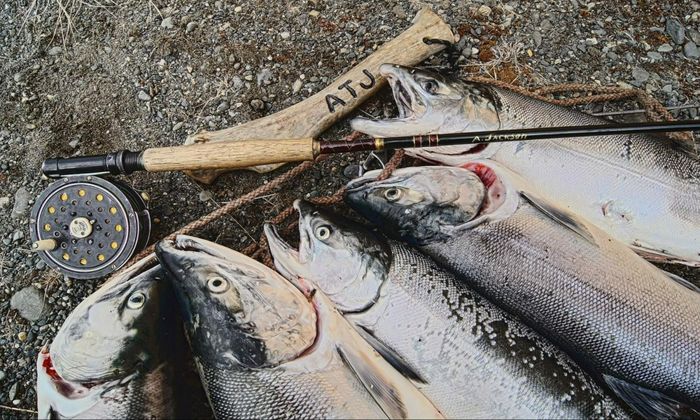How Salmons Make a Decision as a Group
Find out how this fascinating quality happens among salmon.

Many people are familiar with salmon’s extensive migrations to reach their breeding habitats. Salmon are anadromous, which means they spend their adult lives grazing at sea before returning to the water bodies where they were born to spawn and reproduce. It was long assumed that the salmon use a combination of geomagnetic and olfactory cues to perform this extraordinary feat with such precision. However, scientists have noted that salmon may rely on connections and collective behavior to get to their natal homes, according to scientists.
Life Cycle of a Salmon

To better appreciate this peculiar quality of salmon as a group, it is important to consider their whole life cycle. In calm, clear rivers that empty into the North Atlantic Ocean, the salmon begins life as a tiny pea-sized egg tucked away beneath loose gravel. Despite all odds, the parents of this little egg have managed to spawn in freshwater once more, completing their life cycle before giving birth to a new generation. As a result of gonadal growth, both male and female adults stopped feeding when entering freshwater and instead focused all of their energy on breeding. Up to a year before spawning, individuals may begin migrating to appropriate habitats in the winter.
Spawning can happen anywhere in a river if a suitable substrate of well-oxygenated loose gravel is present, though it often occurs in headwaters. The female lays its eggs in a depression she creates in the gravel with her tail during spawning season, from November to January. One or more men release milt over the falling eggs to fertilize them. The female quickly builds a nest, or "redd," on the riverbed by rapidly covering the eggs with several centimeters of gravel.

These eggs stay in the gravel throughout the winter, where the embryos grow. Alevins hatch from the eggs in the spring. These little fish have an egg yolk sac connected to their bellies. Alevins spend a few months living near the redd. These fish emerge from the gravel and are regarded as fry once they have eaten the entire yolk sac and grown in size.
The juvenile fish eventually migrate downstream toward the oceans in response to environmental cues. Scales start to grow and take on a silvery hue at this point when smelting starts. The survival of young smolts depends on estuaries near the river's mouth. They eat a lot while giving their bodies time to adapt to the new environment to survive in the ocean.
Some salmon stay in coastal waters, while others travel north to spawning sites. Depending on the species, salmon typically spend one to seven years in the ocean until they return to their natal streams to generate. For example, before returning to their native streams to spawn, sockeye typically stay two years at sea, coho spend around 18 months, and chinook can stay up to eight years.
Salmon stop feeding once they enter freshwater. Their bodies naturally get ready for spawning while they are traveling. The exhausting voyage consumes all their stored fat, muscles, and organs except the reproductive organs.
Group Decisions in Finding Their Way Back
A new study by a researcher from the University of Alaska Fairbanks contends that salmon fishery conservation efforts have been missing a critical piece of the social behavior puzzle that makes salmon vastly distinct from other fish.
Many facets of fish behavior can be explained by collective movement, which is the study of why and how animals move in groups. It might impact when young salmon leave for the ocean or how fish schools move. However, a lot of the ideas that underlie collective movement are unclear.

Similar to how people base their decisions on social variables, salmon frequently make decisions based on group dynamics. Fishery management doesn't often consider this problem because it isn't widely understood. According to other research on movement ecology, salmon may be particularly resistant to changes in the local environment. Salmon depart from smaller groups at a higher rate than they do from bigger ones, according to a study led by Westley. Because of this, smaller groups of salmon are less able to decide on the best route home because they have less information to discuss and base their decisions on.
If an environmental disruption opens a new habitat, stray salmon will swiftly occupy it.
Salmon will start homing more and straying less as the population grows, according to Westley. He explains, “Then you will start to see local adaptation favoring traits that allow these particular salmon to do well in their new environment. This is how vibrant new populations are built.”
Similar evolutionary techniques have helped numerous other fish, bird, and mammal species adapt to environmental change. Species gradually migrate to a new environment, colonize it, and evolve to be well suited for that habitat while the former becomes more and more uninhabitable.



